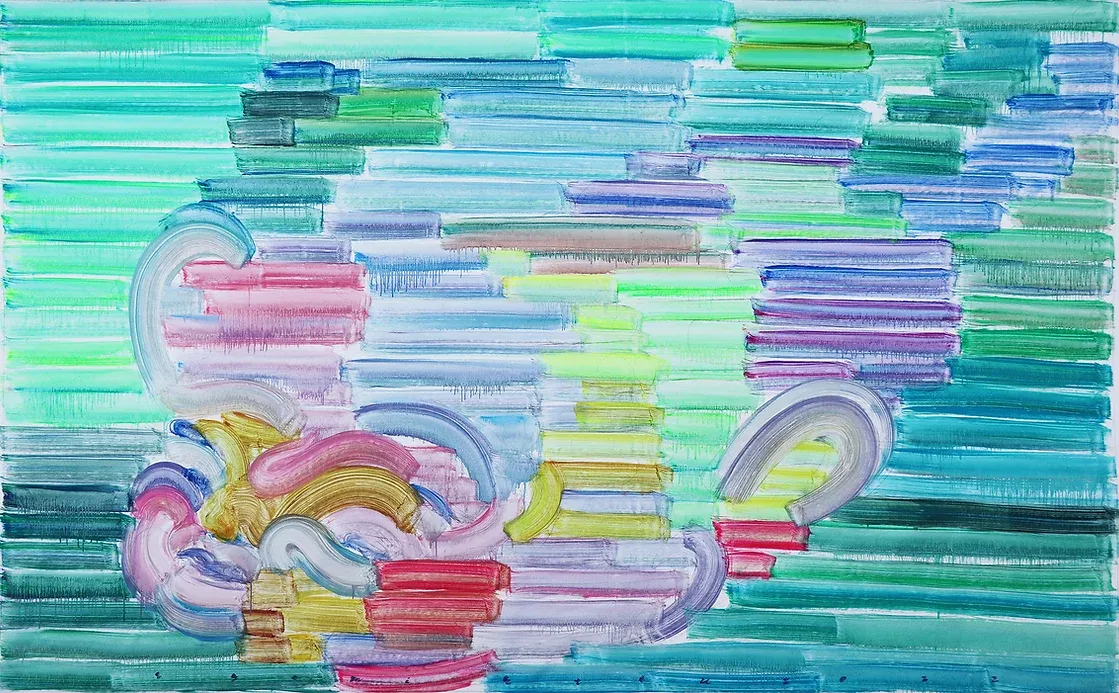
| 기간| | 2022.09.01 - 2022.10.08 |
|---|---|
| 시간| | 11:00 - 19:00 |
| 장소| | 탕 컨템포러리 아트/서울 |
| 주소| | 서울 강남구 압구정로75길 6 (청담동)/지하 2층 |
| 휴관| | 일, 월 *일 예약제 운영 |
| 관람료| | 무료 |
| 전화번호| | 02-3445-8889 |
| 사이트| | 홈페이지 바로가기 |
| 작가| |
|
정보수정요청



|
|
전시정보




에가미 에츠는 소통(communication), 그리고 소통이 가진 본질적 한계와 빈틈에 매료되었다. 일본에서 태어나고 성장하였으며, 중국과 독일에서 교육을 받았고 지금은 전세계에서 작품을 전시하고 있는 그녀는 전후 일본의 3세대 현대 미술가들의 국제적 배경과 유망함을 보여준다. 에가미 에츠는 '인간이 서로 가까워지기 위함이 아니라 서로의 거리를 가늠하기 위하여 소통을 한다'고 말한다. 그녀의 방식은 우리는 타인의 외적 표현을 통해서만 다른 사람을 이해할 수 있다는 다루기 힘든 사실로부터 영감을 얻고 있다. 얼굴은 언어를 말하는 부위일 뿐만 아니라, 막대한 양의 비언어적 소통이 이루어지는 부위이기도 하다. 에가미 에츠가 최근에 그린 여러 그림들이 유아의 얼굴(의미심장하게도 자기 자신을 그린 자화상 포함)을 담고 있다는 사실은 더욱 흥미롭다. 에가미 에츠가 사용하는 반투명한 색상은 유화 물감이 아니라 빛에 더 가까운 무언가로 그림을 그린 것 같은 느낌을 준다. 마치 기적처럼 하늘을 가로지르는 아름다운 자연현상이 지상으로 추락하여 그 과정에서 오염되었지만 여전히 황홀한 색채가 남아 있는 것처럼, 그녀는 인간의 연결이 '거리와 불확실성'으로 가득 차 있으며, 이것이 오류가 아닌 하나의 특성이라는 것을 인정함으로써 '소통의 회색 지대 안에서 무지개를 희미하게나마 볼 수 있었다'고 말한다. (출처: 탕 컨템포러리 아트)
